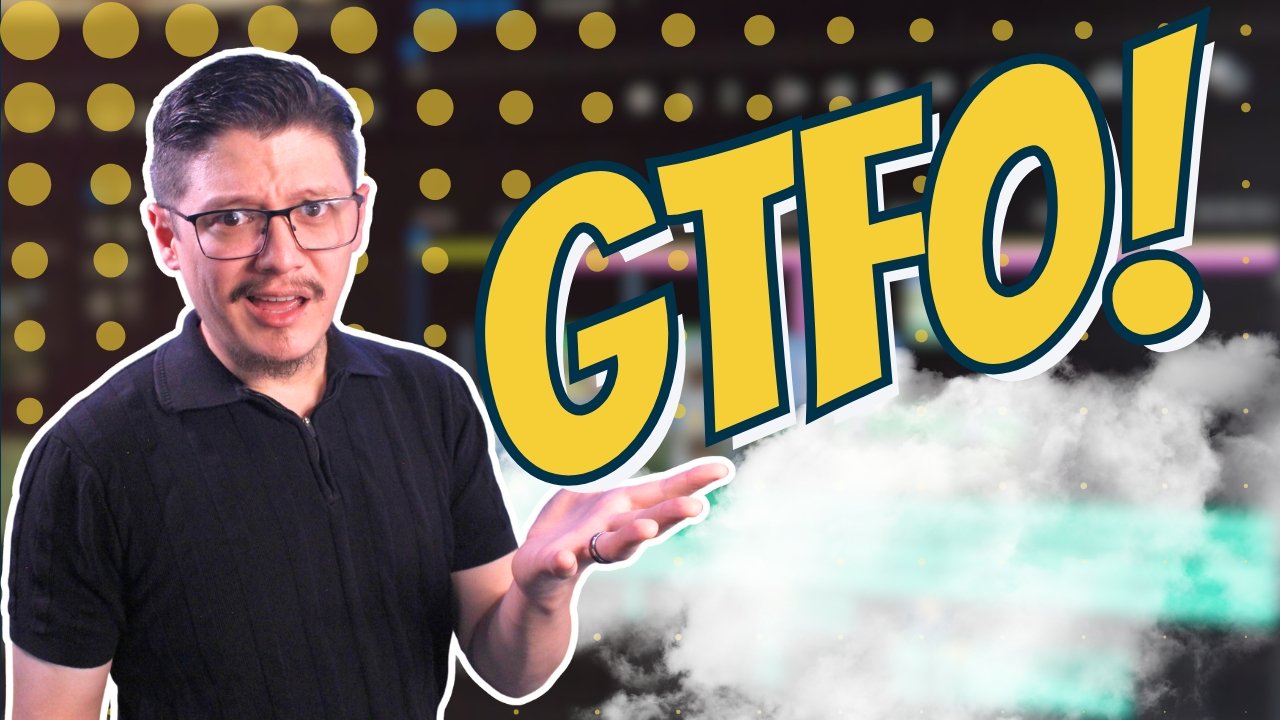Why You Need to Break Down Your Screenplay for VFX
You did it! You’ve just finished the final draft of your long-awaited masterpiece, complete with stunning visual effects that will captivate audiences at film festivals. But just how many VFX shots are in there? The real answer might surprise you.
Breaking down your screenplay to identify visual effects is a crucial step in the filmmaking process. By doing so, you can save both time and money, ensuring that your vision comes to life as smoothly as possible. In this blog, we’ll discuss why breaking down your screenplay is essential and how it can benefit your production.
Why Breaking Down a Screenplay is Essential
Accurate Budgeting and Scheduling: Breaking down your screenplay helps you understand the scope of the visual effects required. This allows you to create a more accurate budget and schedule. Knowing exactly what you need helps avoid unexpected costs and delays during production.
Enhanced Communication: A detailed breakdown ensures that everyone on your team is on the same page. It provides a clear roadmap for your VFX team, directors, and producers, ensuring that the vision for each scene is understood and achievable.
Pre-Visualization and Planning: By identifying potential VFX shots early, you can plan for pre-visualization (pre-vis) and storyboarding. This step is crucial for complex scenes, helping to visualize how effects will integrate with live-action footage.
Efficient Use of Resources: Knowing which scenes require VFX allows you to allocate resources more effectively. You can determine whether to use practical effects, digital effects, or a combination of both, optimizing your production process.
How to Break Down Your Screenplay
To help filmmakers with this process, we've created a free template spreadsheet. This spreadsheet is designed to streamline your VFX breakdown, making it easy to organize and track all the effects in your screenplay. For a detailed walkthrough, check out my YouTube video where I break down a sample scene and explain each step of the process.
What Are We Looking For?
Sure, there are the obvious effects like magic, creatures, and explosions, but there are also countless other possible effects you may not have considered. And by identifying them in the script phase, you can get ahead of any problems or prohibitive costs associated with them through careful planning and pre-production.
The following are some common items you’ll want to flag in your script which can have a significant effect on your VFX production and budget. Keep in mind, these items should be flagged if they were written into the script as a story point and not a fix.
Magic/Sci-Fi/Supernatural: When we think about visual effects, these are the obvious ones. Spell-casting, levitation/flying, alien spaceships and portals to another dimension are just a few of the items one should flag when breaking down a script.
Action/Stunts: While you may choose a practical route when creating action scenes, for various safety reasons, you may want to flag these items as possible visual effects, to either enhance in-camera action or creating them completely in post. Examples: Gunfire/muzzle flash, explosions, breaking/exploding debris, dust/particle impacts or any stunt where it may be too dangerous unrealistic to execute practically.
Creatures: Monsters, aliens, insects or even a domesticated pet could all be potential visual effect challenges. Whether they’re created fully in CGI or a practical puppet, animatronic or stop-motion armature enhanced with visual effects, flag any appearance of a non-human character.
Location/Set Extensions: Does the script describe a view outside a window that you’re not sure you’ll be able to capture? Does your story take place in an environment that doesn’t exist or can’t be replicated in real life? Anything that describes part of your set or location that you may need to add, alter or replace in post should be flagged as a “set extension.”
Screen Comps: Does anyone answer the phone, use a computer or watch TV? Screen and display composites and replacements are some of the most commonly overlooked items in the script phase and yet, one of the most prevalent effects to come across my desk.
Sky Replacement & Weather: Does your story call for a specific weather condition? Does your script call for the perfect sunset? Rain, snow, sleet or hail? Plan ahead and you can control the weather.
Digital Makeup: Maybe a character loses an eye, a finger or even a nose. Does a scene call for an enhancement or alteration of an actor’s appearance beyond practical (or available) makeup techniques? Flag it!
Crowds & Extras: Will you be able to populate an entire stadium with sport-fans for the big game? If not, you may need to create large crowds in post either by duplicating the extras you do have or creating them completely with CGI.
Day-for-Night Conversion: You may find yourself needing to shoot a night scene during the day. While it may not be an obvious effect when you’re in the script phase, you should consider whether or not shooting at night would be practical for your particular project.
Props and Weapons: Adding or enhancing props and weapons that were not practical to include during shooting.
Scenes In Vehicles: If your scene takes place inside a car, plane, boat or anything with an enclosed cabin, weather moving or parked, it should be flagged for possible VFX. These scenes are often shot with a green screen which will require a lot of work either in pre-production or post. In many cases, every shot in these scenes can become a vfx shot, so it’s extremely important not to miss these scenes.
Scenes In Open Isolation: What is open isolation? Any scene which takes place in “the middle of nowhere.” Whether that’s the open ocean or a post-apocalyptic wasteland; any location where there shouldn’t be any sign of contemporary life, architecture or technology. In most cases, scenes in open isolation very rarely shot in actual isolation. Scenes on the open ocean are often shot near a populated harbor, where other boats and visible land should be erased in post. That empty wasteland might be shot just off the highway, where cars and telephone lines may need to be erased. Flag these scenes.
Fire: Did you know that (depending on where you shoot) to have an open flame on set, you may need a permit, licensed pyrotechnician, special insurance and a professional Fire Safety Officer on set? This usually applies to ANY open flame, regardless of its size. Even lighting a cigarette or a candle in a scene could require multiple levels of safety and red tape (as it should) to legally execute. If you don’t plan to take the necessary steps to safely prepare for practical fire on set, you may be looking at a VFX solution.
In the end, you may not even need visual effects for your production. With a little forethought and preparation, many of the listed items can be done practically, but breaking down your screenplay for visual effects is an indispensable part of the filmmaking process. By taking the time to identify and plan for VFX shots, you’ll ensure a smoother production and bring your creative vision to life more effectively. Download the free template, watch the video, and start your breakdown today!
Happy filmmaking!










